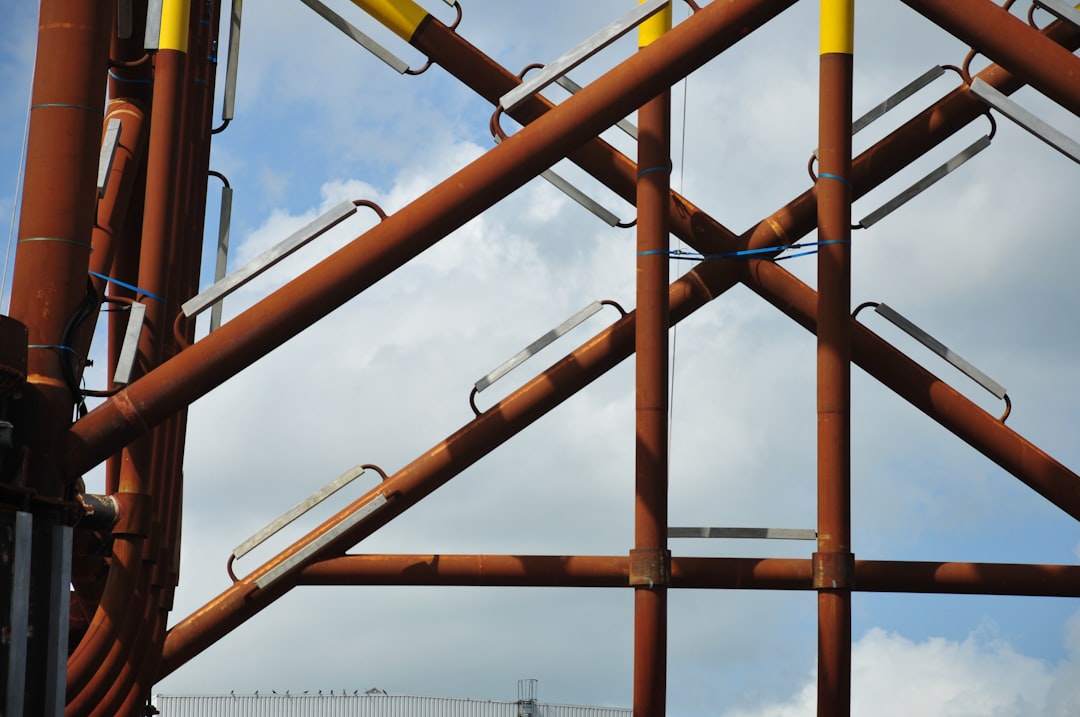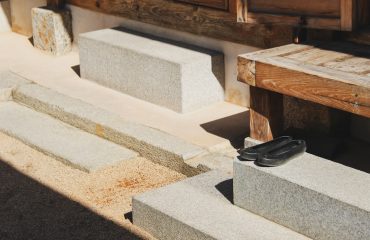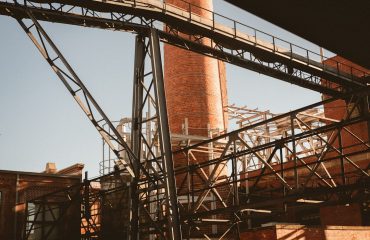High-strength steel (HEA) profiles are revolutionizing the construction industry, enabling the creation of lighter, stronger, and more cost-effective heavy load structures. This comprehensive guide explores the critical aspects of utilizing HEA profiles, offering insights for engineers and designers working on demanding projects.
Understanding High-Strength Steel (HEA) and its Properties
High-strength steel, often categorized as HEA (High-strength Enhanced steels) or HSS (High-Strength Steel), boasts significantly superior yield strength and tensile strength compared to traditional structural steels. This enhanced strength allows for the use of smaller cross-sections while maintaining or exceeding the load-bearing capacity of conventional steel designs. Key properties that make HEA profiles ideal for heavy load applications include:
- High Yield Strength: HEA profiles exhibit considerably higher yield strength, meaning they can withstand greater stress before permanent deformation occurs.
- Enhanced Tensile Strength: The increased tensile strength allows for greater resistance to pulling forces, crucial in many heavy load applications.
- Improved Weldability: Modern HEA steels are designed with weldability in mind, ensuring reliable and strong connections in complex structures.
- Fatigue Resistance: While specific properties vary depending on the grade, many HEA steels demonstrate improved fatigue resistance, crucial for structures subjected to cyclic loading.
- Ductility: Although higher strength often implies reduced ductility, modern HEA steels maintain sufficient ductility for safe and reliable performance.
Understanding these properties is essential for selecting the appropriate HEA profile and designing for optimal performance.
Design Considerations for HEA Profiles in Heavy Load Structures
Designing with HEA profiles requires a nuanced approach. While the higher strength allows for smaller sections, several factors must be carefully considered:
- Buckling: Although stronger, slender HEA sections can still be susceptible to buckling under compressive loads. Careful consideration of slenderness ratios and appropriate bracing strategies are essential.
- Local Buckling: The higher strength can lead to increased susceptibility to local buckling, particularly in areas with stress concentrations. Detailed finite element analysis (FEA) may be necessary to mitigate this risk.
- Welding: While generally weldable, specific welding procedures and preheating may be required to prevent cracking or other weld defects. Proper welder qualification is crucial.
- Fatigue: Design should account for potential fatigue loading, particularly in dynamic applications. Stress analysis using fatigue life prediction methods is often required.
- Corrosion Protection: Appropriate corrosion protection measures are vital to ensure the long-term durability of HEA structures, especially in harsh environments.
These considerations necessitate a thorough understanding of structural mechanics and appropriate design codes.
Applications of HEA Profiles in Heavy Load Structures
The versatility of HEA profiles makes them suitable for a wide range of heavy load applications, including:
- Bridges: HEA steel allows for lighter and more efficient bridge designs, reducing material costs and improving overall performance.
- High-rise Buildings: In high-rise construction, HEA profiles contribute to lighter and stronger columns and beams, enhancing structural integrity and reducing overall building weight.
- Offshore Structures: The high strength and corrosion resistance of HEA steel make it an ideal choice for offshore platforms and other marine structures.
- Industrial Equipment: HEA profiles are used extensively in heavy industrial machinery and equipment where high strength and durability are paramount.
- Transportation Infrastructure: From railway bridges to heavy-duty crane structures, HEA steel plays a significant role in ensuring safety and reliability.
The specific choice of HEA profile will depend on the individual requirements of each application.
Advantages and Limitations of Using HEA Profiles
While HEA profiles offer numerous advantages, understanding their limitations is crucial for successful implementation:
Advantages:
- Increased Strength-to-Weight Ratio: This leads to lighter structures, reducing material costs and transportation expenses.
- Improved Structural Efficiency: Smaller sections can be used, leading to increased design flexibility and potentially reduced overall project costs.
- Enhanced Durability: Properly designed and protected HEA structures offer excellent long-term durability.
- Sustainability: Reduced material usage contributes to a more sustainable construction approach.
Limitations:
- Higher Initial Cost: HEA steel typically has a higher initial cost compared to traditional structural steel.
- Specialized Fabrication: Specialized fabrication techniques and skilled welders may be required.
- Potential for Brittle Fracture: Proper design and material selection are crucial to mitigate the risk of brittle fracture at low temperatures.
- Availability: The availability of certain HEA grades may vary depending on geographical location.
A careful cost-benefit analysis is necessary to determine the suitability of HEA profiles for any given project.
Selecting the Right HEA Profile for Your Project
Selecting the appropriate HEA profile involves careful consideration of several factors, including:
- Load Requirements: The anticipated loads and load combinations must be accurately determined.
- Material Properties: The specific mechanical properties of the chosen HEA grade must be known and accounted for in the design.
- Environmental Conditions: The environmental conditions (temperature, humidity, corrosion potential) will influence the selection of the appropriate material grade and corrosion protection strategies.
- Fabrication Methods: The chosen profile should be compatible with the planned fabrication methods.
- Cost Considerations: A balanced approach considering material costs, fabrication costs, and potential long-term savings is essential.
Consulting with experienced structural engineers and material specialists is highly recommended to ensure the optimal selection of HEA profiles for your project.
By carefully considering these factors, engineers can harness the exceptional strength and efficiency of HEA profiles to create innovative and robust heavy load structures.
Tags: HEA profiles, High-strength steel, heavy load structures, structural design, steel construction




